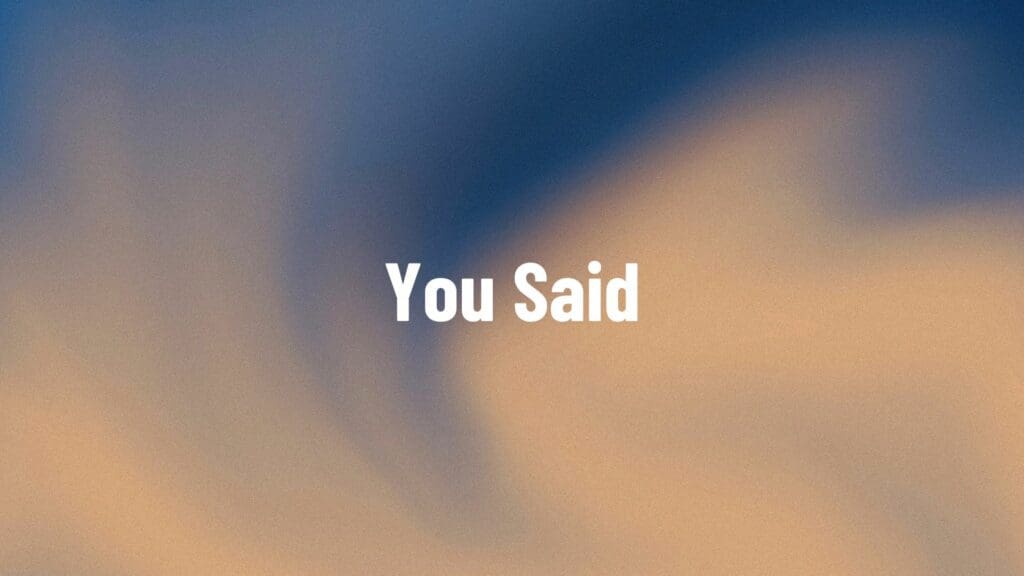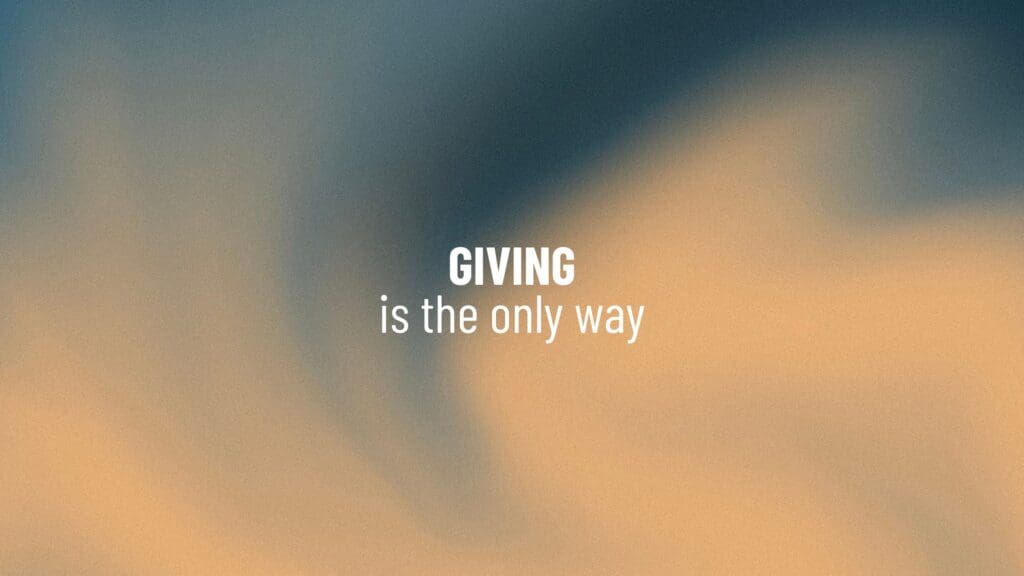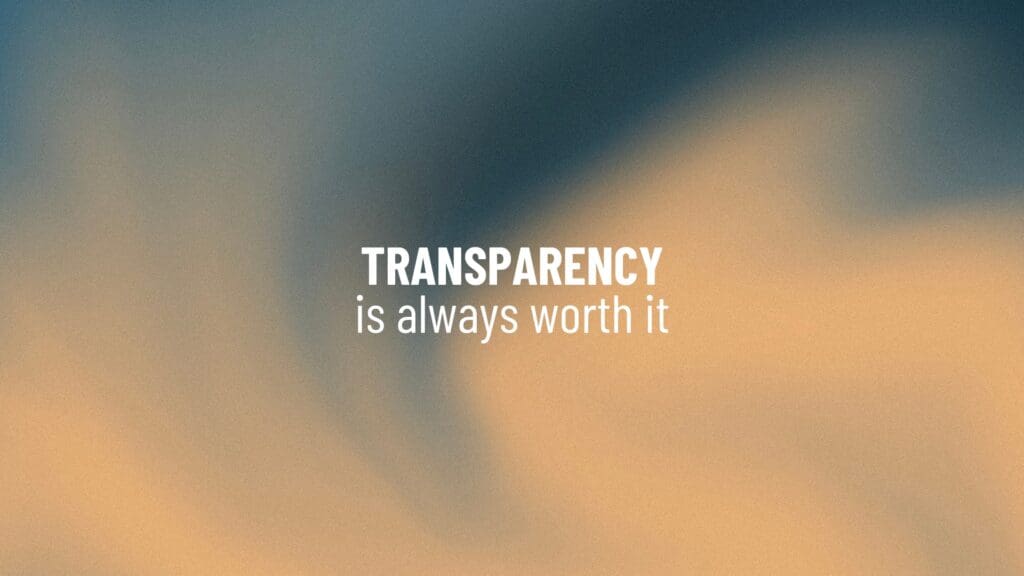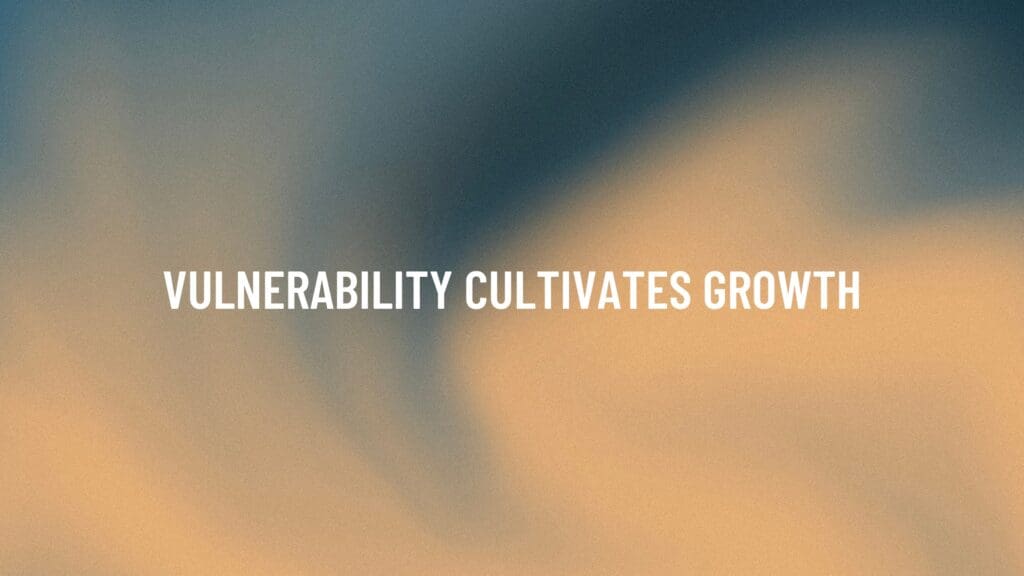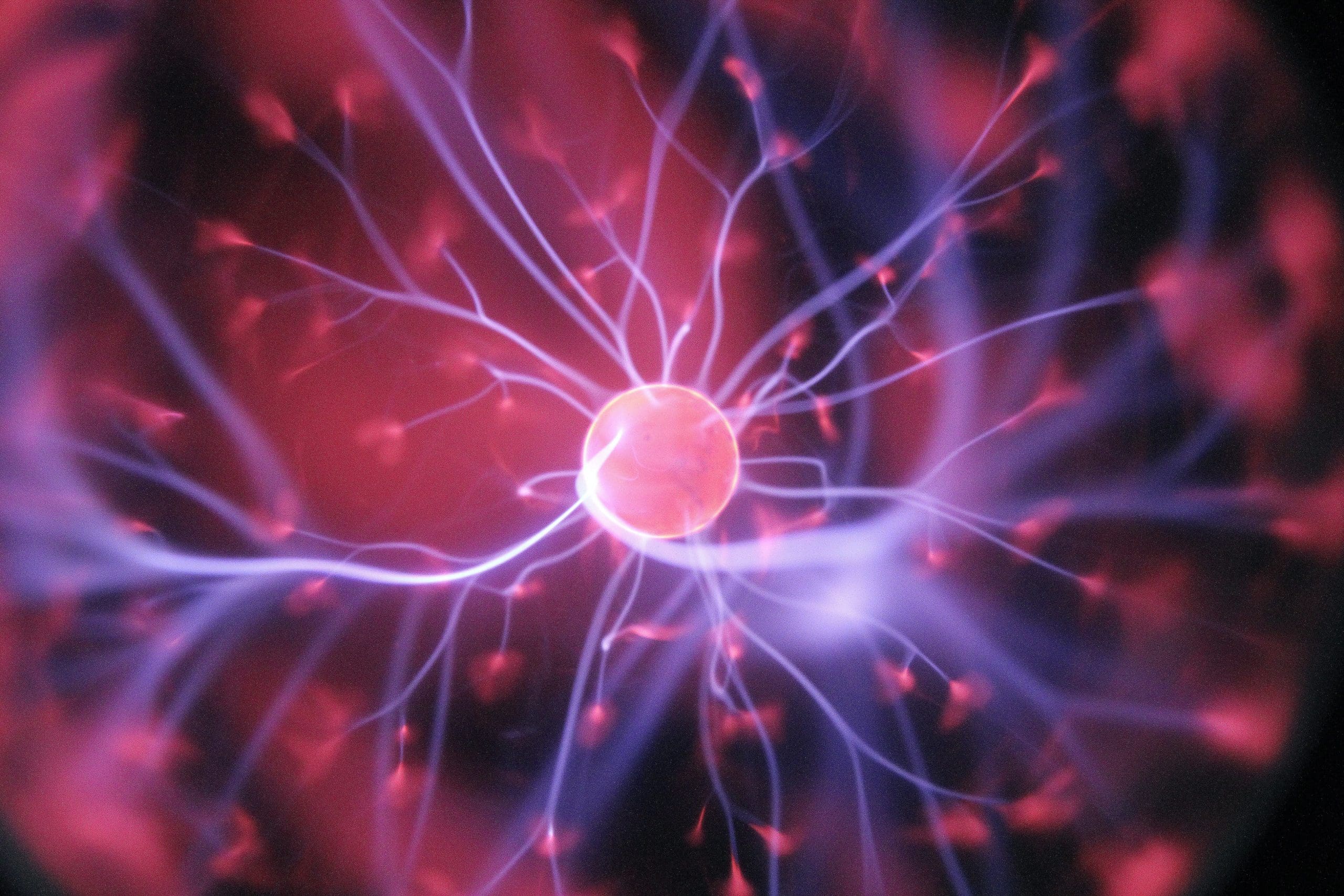
The Science of Responding Well
By John Gibson
In our last Insight, we delved into the art of responding well and introduced the equation: E + R= O. Gaining the awareness that the outcomes (O) we get in business and all of life are the results of the quality of the responses (R) that we have to the events (E) or scenarios that come our way can be the edge we need to take our teams and ourselves to greater heights. We also learned that there are four levels of awareness and practice in this, and this continuation speaks to leveraging the neuroscience happening in this process.
So, let’s look at what happens automatically in our brains. When an event occurs — a move by a competitor, a pandemic, an unexpected windstorm or windfall, a caustic email from someone in your company, etc.— our brain immediately triggers a response that we sense will make us feel best at that moment. Sadly, because of pre-existing biases, fears, memories of events that are many times negative that we associate subconsciously with the present circumstance and so forth, the reflexive response from our unconscious brain typically takes us down a road leading to outcomes that are not as good as they could be if we could reach conscious benevolence.
Two other helpful facts about the brain include:
- We are five times more likely to be triggered by things that we would subconsciously view as a threat vs. something benevolent.
- Our brains are wired to go into a reflexive response .07 seconds before it manifests outwardly. At .05 seconds, we first become conscious of our response, meaning we only have a .02 second window to choose a different reaction. We can’t control events, and the one thing we can control — our response — hangs precipitously on our ability to become aware of the forces at play and how to marshall them well.
Three tips to help us transform our subconscious, sub-quality responses into consciously benevolent reactions where everyone wins include:
- Become a student of what things inside you or your company tend to trigger you and then proactively form a strategy for handling each trigger. Self-awareness is an important skill to sharpen. When you’re aware of what your triggers are, it becomes easier to choose the best response.
- A powerful move that takes us, our team, and even a combatant from the downward spiral of an emotion-filled hijack to where the thinking part of our brains can take back over is to ask a gamechanger question such as, “what outcome would I (or we) like to have happen now?”. Have these questions at the ready.
- Take a closer look at the event itself to understand as much as you can from all angles, before forming a response. If the trigger event comes from people, be particularly adept at learning how to be empathetic.
More to come and hopefully, these tips trigger (in a good way) ideas for how you and your team can navigate all of the events that come your way with conscious benevolence leading to the very best outcomes possible.
Are You The Wrong Bus?
Written by Randy Mayes Popularized by Jim Collins in his book Good to Great, the phrase “Get…
Why Is Trust So Important
Written by Randy Mayes | DRYVE Leadership Coach Why Trust Is So Important People do what they…
Shaping Your Organization
Written by Tyler Head | DRYVE Leadership Coach Shaping your Organization Three Questions that Will Shape Your…
Giving is the only way
Written by Brandon Welch | Frank & Maven “How to keep employees” It’s a phrase that was…
Transparency is worth it.
Written by Richard Ollis | Ollis, Akers & Arney Transparency is an interesting aspect of business that…
Vulnerability Cultivates Growth
Vulnerability requires practice. Endurance Training is much less about repetition (doing it exactly the same) and much…
What did you expect?
One of the popular sayings I heard early in my management career was “people don’t do what…
Do you celebrate?
Imagine how your culture would shift if you put as much energy into celebrating your team’s achievements…
If you fail to plan, you are planning to fail.
“…we used to experience disruptions followed by periods of stability, change now is increasingly perpetual, pervasive, and…


